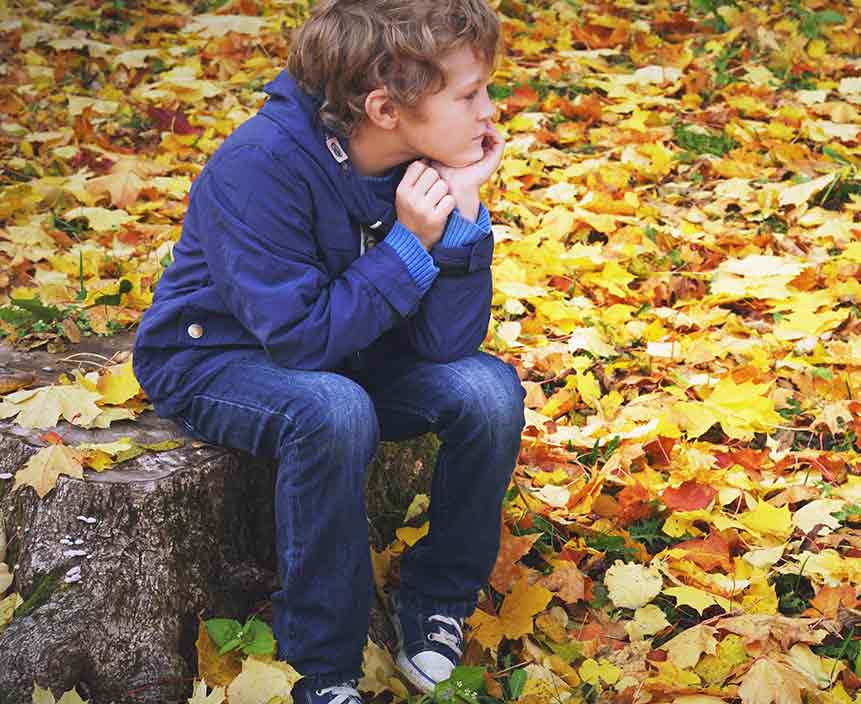What Are the Symptoms and Risks of SAD?
As the days get shorter and the temperature starts dropping, your mood changes. Seasonal Affective Disorder (SAD) is a real form of depression that most commonly affects individuals during the summer-to-fall or fall-to-winter transition. Like other types of depression, getting professional help for this disorder can provide the relief you need. If you're concerned that you have SAD, take a look at the possible symptoms and risk factors.
Depression Symptoms
Even though SAD has its own name, its symptoms are the same as what you would find with other types of depression. It's not necessary to have each symptom to have this disorder. Some people have a general feeling of sadness or noticeable mood changes. Other symptoms that are common with SAD include a loss of interest in regular or enjoyable activities, unexplained fatigue, loss of energy, restlessness, anxiety, agitation, and difficulty concentrating.
SAD can also include severe symptoms such as suicidal thoughts or suicide attempts. The serious nature of SAD symptoms makes it necessary to seek treatment as soon as possible. Only a qualified mental health expert can diagnose and treat SAD. If you're experiencing any of these symptoms, contact a mental health professional for an immediate evaluation.
SAD-Specific Symptoms
Seasonal Affective Disorder is a type of depression. Along with the symptoms you'd find with any other form of depression, SAD also includes several disorder-specific signs to look for. These include increased appetite, carb cravings, increased sleepiness, or social withdrawal.
The seasonal part of this disorder means that the symptoms aren't year-round issues. A true SAD diagnosis requires the presence of at least some of the symptoms during a specific time of year for at least two years.
Even though the repeating seasonal pattern is one of the elements that the mental health professional will look for during the diagnosis process, you should still seek help as soon as symptoms are noticeable or begin interfering with your daily life. This allows you to begin treatment sooner, minimizing the risks and challenges that come with prolonged depression.
Risk Factors
The most obvious risk factor for SAD is the season itself. While the majority of SAD sufferers feel their symptoms during the winter months, associated with the decreased number of daylight hours, it's still possible to experience SAD in the fall, spring, or summer.
Anyone can experience SAD. But the people who have the greatest risks are women between 18 and 30 years old and men and women who live farther north. Individuals with a family history of SAD, or other types of depression, may also have a greater risk of developing this disorder.
Research, published in Brain, a Journal of Neurology
,
found a connection between serotonin (a chemical that nerve cells in the brain produce) levels and wintertime SAD. Depression symptoms, particularly in people who already had a high predisposition to these types of disorders, increased during the winter months as serotonin levels decreased. This, and other similar research, demonstrates the biological basis and risk for SAD.
Compounding Factors
Along with the biological risks (such as gender and genetics), some people feel a greater sense of stress during the winter months.
The cold or snowy weather can isolate individuals (especially the elderly or those who have mobility issues), creating a sense of loneliness that results in sadness or depression. The holiday season can compound this sense of loneliness, adding to the sadness felt during the winter. People who don't have close family or friends may feel excluded and alone during this peak party and gathering time.
Do you experience depression when the seasons change? If you or a loved one has SAD, contact Heritage Mental Health Clinic for more information.

